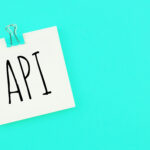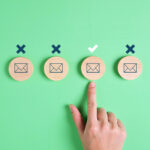Email marketing has remained a cornerstone of digital communication for decades. As we step into 2025 and look further ahead, the landscape is rapidly evolving. With AI, hyper-personalization, automation, and privacy regulations shaping how brands interact with consumers, businesses must adapt or risk falling behind.
In this detailed guide, we explore the future of email marketing and what marketers must do to stay ahead.
Why Email Marketing Still Matters in 2025
Email continues to offer the highest ROI among digital marketing channels. According to Statista, email marketing revenue is expected to reach $17.9 billion by 2027. That’s no surprise, considering over 4.5 billion people use email daily.
Unlike social platforms, email gives businesses full ownership over their audience. There’s no algorithm interference. Your message goes directly to the inbox, making it more personal and impactful.
Key Trends Shaping the Future of Email Marketing
AI and Machine Learning Take the Lead
AI will dominate email strategies in 2025. Marketers can now automate:
-
Subject line testing
-
Send time optimization
-
Content personalization
-
Predictive segmentation
Tools like Mailchimp, ActiveCampaign, and HubSpot use AI to enhance open rates, click-through rates, and engagement.
Hyper-Personalization is Non-Negotiable
Gone are the days of “Hi [FirstName]” being enough. Hyper-personalized emails analyze behavior, interests, location, and past interactions. Dynamic content ensures every recipient receives tailored content that speaks directly to their needs.
Retailers and e-commerce brands that personalize email campaigns see 20% higher sales conversions (source: Campaign Monitor).
Interactive Emails Will Drive Engagement
By 2025, emails aren’t just messages—they’re mini experiences. Interactive elements like:
-
Image carousels
-
In-email surveys
-
Add-to-cart buttons
-
Live polls
-
Gamified CTAs
make email engaging and reduce friction. Tools like Stripo and AMP for Email are empowering developers and marketers to build these seamlessly.
Mobile-First Optimization is Crucial
More than 70% of emails are opened on mobile. In 2025 and beyond, mobile-friendly design isn’t optional—it’s essential. Emails must load fast, be easily readable, and have tappable CTAs.
Responsive templates, minimalistic designs, and concise copy win every time.
The Role of Automation in Modern Email Marketing
Behavioral Triggering
Modern email platforms allow behavioral automation. That means users get emails based on actions like:
-
Cart abandonment
-
Content downloads
-
Site browsing behavior
These emails are timely, relevant, and have conversion rates 3x higher than traditional blasts.
Workflow Sequences and Lifecycle Marketing
From welcome sequences to win-back campaigns, workflows keep users engaged at every stage. With tools like Klaviyo or Sendinblue, brands can create complex drip campaigns that respond to user interaction in real time.
Privacy, Consent, and Trust: The New Standard
GDPR, CCPA, and More
Regulations like GDPR, CCPA, and upcoming privacy laws demand stricter data practices. Consent-driven marketing is now the norm. Marketers must:
-
Gain clear opt-ins
-
Offer easy unsubscribes
-
Avoid data hoarding
Transparency builds trust. Brands that respect privacy gain long-term loyalty.
Zero-Party and First-Party Data
As third-party cookies disappear, email marketing relies on first-party data (like sign-up behavior) and zero-party data (data users willingly share). Examples include quiz responses, preferences, or surveys.
Encouraging users to share this info boosts personalization without violating privacy.
Email Accessibility: Inclusive Design is a Priority
An estimated 15% of the world’s population has some form of disability. Inaccessible emails alienate users and reduce potential engagement. Future-ready emails must:
-
Use proper heading hierarchy
-
Include alt-text for images
-
Ensure color contrast meets WCAG standards
-
Avoid flashing content
Inclusive design not only expands reach—it reflects brand values.
Dark Mode Optimization is a Must
With most operating systems offering dark mode, email designers must adapt. Failing to optimize for dark mode can break email layouts or make text unreadable. Modern templates should automatically adjust based on the user’s settings.
Tip: Always test emails in both light and dark modes using tools like Litmus or Email on Acid.
Email Marketing in the Era of Generative AI
Content Generation
Generative AI tools like ChatGPT and Jasper.ai can now create:
-
Subject lines
-
Newsletter content
-
Product descriptions
This helps marketers scale content production while maintaining tone and relevance.
AI-Powered A/B Testing
Manual A/B testing takes time. AI can now test multiple variants in real time and auto-select the winner based on goals like opens or clicks.
Integration With Other Channels: Omnichannel Is the Future
Email doesn’t work in isolation. It complements:
-
SMS
-
Push notifications
-
In-app messaging
Integrated platforms like Omnisend or Iterable offer unified dashboards, ensuring consistent messaging across all channels.
Key Metrics to Watch in 2025
Relying only on open rates is outdated. Focus on:
-
Click-to-open rates (CTOR)
-
Revenue per email
-
List growth rate
-
Email deliverability
-
Unsubscribe and spam complaint rates
Also, track engagement over time, not just per campaign. Long-term subscriber health is more valuable than a single high-performing email.
Challenges and How to Overcome Them
Inbox Overload
Consumers receive hundreds of emails per week. To stand out:
-
Craft compelling subject lines
-
Use pre-header text smartly
-
Deliver real value—not just promotions
Spam Filters and Deliverability Issues
Authenticate emails using SPF, DKIM, and DMARC. Monitor sender reputation with tools like Postmark or Sender Score. Keep your list clean and avoid purchased data.
Keeping Up With Tech Changes
The pace of change is dizzying. Join communities, follow blogs like:
These resources help you stay current and adapt fast.
Top Tools to Future-Proof Your Email Marketing
Here are tools to streamline success:
-
ConvertKit – Best for creators
-
Mailerlite – Budget-friendly and modern
-
HubSpot – Great for automation and CRM
-
GetResponse – Built-in webinars + email
-
ActiveCampaign – Best for segmentation and AI
Choose based on your goals, team size, and integrations needed.
Final Thoughts: Email is Evolving, Not Dying
Despite new platforms and emerging tech, email remains the most personal and profitable channel. Brands that embrace AI, personalization, and privacy-first strategies will thrive.
The key to the future is not blasting more emails—it’s sending better emails. Emails that people open, read, and enjoy. Emails that deliver value, solve problems, and build relationships.













